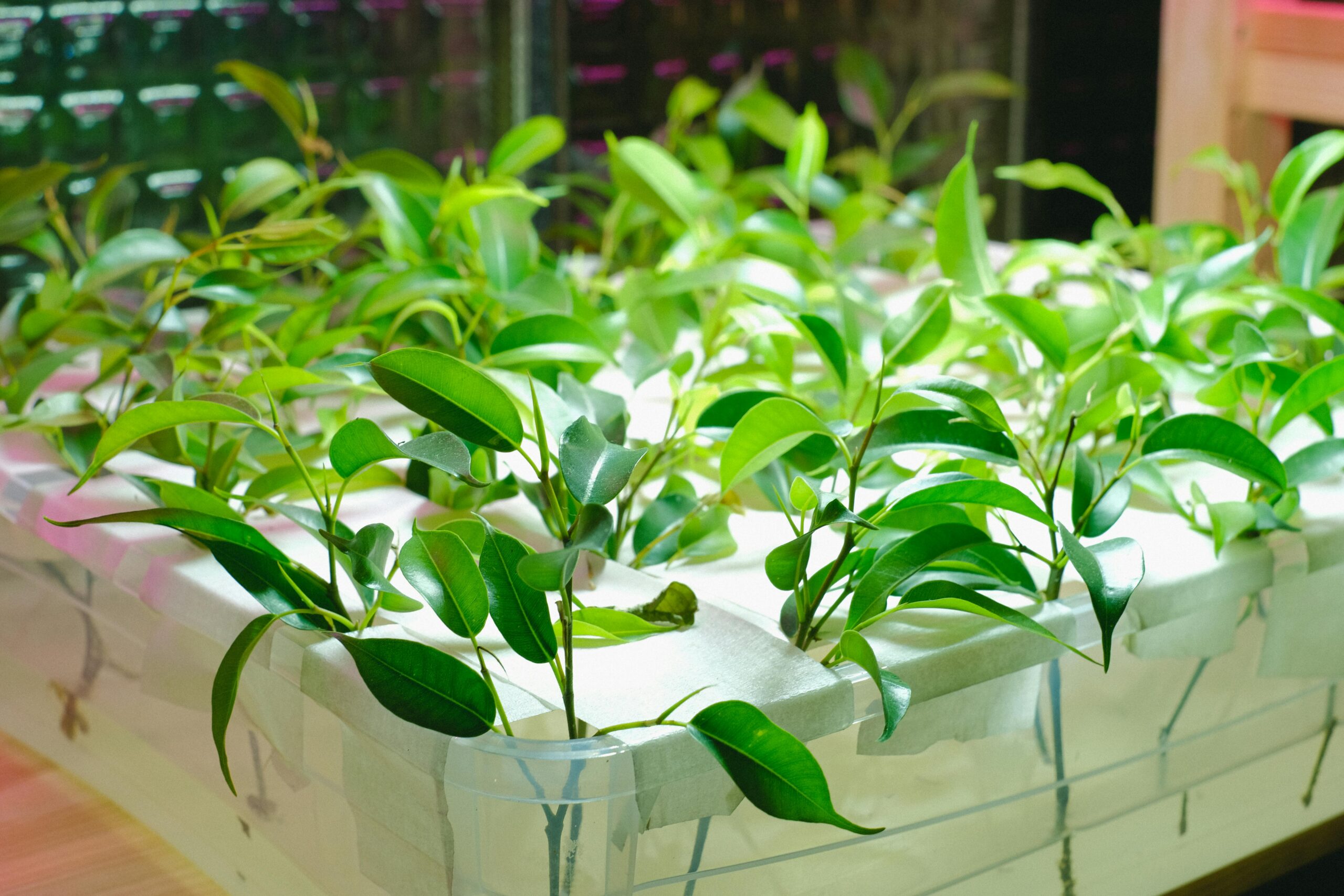What Is the Greenhouse Effect?
Definition and Basic Concept
Greenhouse Effect Explained The greenhouse effect is a natural process that warms the Earth’s surface. Without it, our planet would be too cold to sustain life. However, human activities have intensified this effect, leading to climate change and global warming.
The Role of Greenhouse Gases
Greenhouse gases (GHGs) like carbon dioxide, methane, and water vapor act like a thermal blanket, trapping heat in the atmosphere. While essential for maintaining Earth’s temperature, excessive GHG levels disrupt this balance.
How the Greenhouse Effect Works
Absorption and Reflection of Solar Radiation

Greenhouse Effect Explained The Sun emits energy, which reaches the Earth. Some of this energy is absorbed by the Earth’s surface, while the rest is reflected back into space. Greenhouse gases trap some of this reflected energy, keeping the planet warm.
Heat Trapping and Its Impact
As GHG concentrations increase, more heat gets trapped, causing a rise in global temperatures. This leads to phenomena like heatwaves, altered weather patterns, and rising sea levels.
Greenhouse Gases and Their Sources
Key Greenhouse Gases
Carbon Dioxide (CO2)
Produced from burning fossil fuels, deforestation, and industrial activities, CO2 is the most prevalent greenhouse gas contributing to global warming.
Methane (CH4)
Methane is over 25 times more effective than CO2 at trapping heat. It originates from livestock farming, landfills, and natural gas leaks.
Water Vapor
Water vapor amplifies the greenhouse effect as warmer air holds more moisture, creating a feedback loop.
Natural vs. Human-Made Sources
Volcanic Eruptions and Natural Emissions
Volcanic activity releases CO2 and other gases into the atmosphere. However, these emissions are relatively minor compared to human contributions.
Industrial and Agricultural Activities
Burning coal, oil, and gas, along with large-scale farming, significantly increase GHG emissions.
Impacts of the Greenhouse Effect
Climate Change and Global Warming

Rising Temperatures
Average global temperatures have been increasing, resulting in more frequent heatwaves and changing weather patterns.
READ MORE: Air Quality Index Trends
Melting Polar Ice Caps
As temperatures rise, ice caps and glaciers melt, causing sea levels to rise and threatening coastal areas.
Ecological and Economic Consequences
Impact on Biodiversity
Species struggle to adapt to rapidly changing climates, leading to habitat loss and extinction risks.
Economic Costs of Climate Adaptation
Adapting to climate change requires significant investments in infrastructure, disaster management, and energy transition.
Addressing the Greenhouse Effect
Reducing Greenhouse Gas Emissions
Renewable Energy Solutions
Switching to solar, wind, and hydroelectric power reduces reliance on fossil fuels, curbing GHG emissions.
Energy Efficiency Measures
Improving energy efficiency in homes, vehicles, and industries minimizes waste and lowers emissions.
Role of Policy and Innovation
International Agreements like the Paris Accord
Global agreements aim to limit temperature rise by reducing emissions and encouraging sustainable practices.
Technological Advancements in Carbon Capture
Carbon capture and storage (CCS) technologies help remove CO2 from the atmosphere, mitigating its impact.
The Future of Our Planet
Potential Scenarios
Best-Case Scenario
If humanity acts swiftly to reduce emissions, we can stabilize temperatures and mitigate the worst effects of climate change.
Worst-Case Scenario
Failing to act could result in catastrophic impacts, including mass extinctions, uninhabitable regions, and severe economic disruption.
The Role of Public Awareness
Educational Initiatives
Raising awareness through education empowers individuals to make informed choices and advocate for sustainable policies.
Community Actions
Local initiatives like tree planting, recycling, and energy conservation play a crucial role in tackling global challenges.
The Role of Innovation in Combating the Greenhouse Effect
Innovative technologies are playing a transformative role in addressing the challenges posed by the greenhouse effect. From advanced solar panels that maximize energy efficiency to bioengineering techniques like creating carbon-absorbing plants, the focus is on sustainable and scalable solutions. Moreover, artificial intelligence is being harnessed to monitor emissions, predict climate patterns, and optimize energy consumption. These cutting-edge approaches are critical for bridging the gap between global commitments and actionable outcomes, ensuring a livable future for the next generations.











